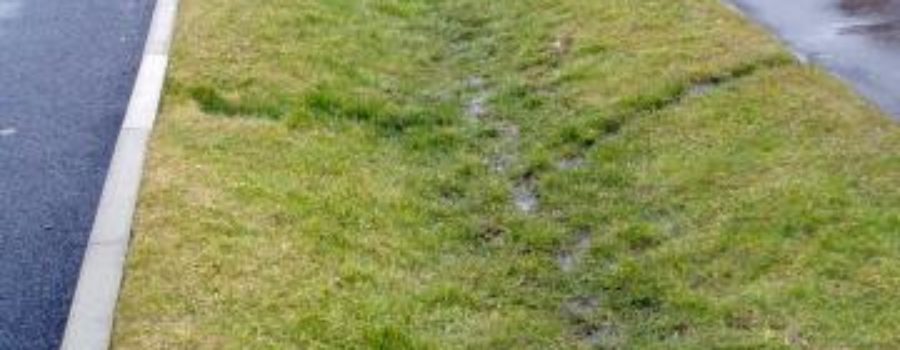As communities face unprecedented challenges for managing flooding and other severe rainfall events, swales and other drainage mechanisms have come to play a critical role in climate change adaptation.
Swales are shallow, broad and vegetated channels that have gently sloping sides. Swales can exist naturally or be man-made, created to manage water runoff, filter pollutants, and increase absorption of rainwater in the ground. These drainage ditches are typically located next to roads, but they are also utilized in heavily landscaped areas and can be found near parking lots, fields, and other open spaces. You may even have a swale running across your backyard, which was built to direct water downward and prevent flooding. In urban areas, swales might also be used to reduce the turbidity (cloudiness caused by suspended solids) in water before it enters the municipal wastewater system or is discharged into a nearby water body. This process reduces harm to plants and other aquatic species in that ecosystem.
Swales have many advantages as they are easy to incorporate into landscaping have a low capital investment compared to a storm drainage system, their maintenance can be integrated with the general management of the landscape, and) any blockages are easy to view and manage. They may not be suitable for landscapes with steep hills, however. Additionally, if regular maintenance is not carried out, swales can become blocked by litter, rendering them ineffective and blocking downstream pipe systems.
Despite these limitations, swales are a crucial climate change adaptation measure that will continue to be beneficial to communities across the region as patterns of erratic rainfall become more frequent every year.
The researchers involved with the MEOPAR-Lincoln Community Sustainability Project are working to raise awareness about the impacts of climate change and how communities can effectively adapt, and increase resilience, to these changes. Follow along with our blog every week (written by researchers Liette Vasseur, Meredith DeCock, Bradley May, Pulkit Garg and Sam Gauthier) to learn more about the project and how you can get involved. You can also visit our website at brocku.ca/unesco-chair or email us at meopar-lincoln@brocku.ca.
Photo: Swales, shown above, are an example of an efficient adaptation measure for excessive rainfall/flooding




















